Organizing can be very overwhelming to most people. Where do I start? What do I keep? How do I organize? These are some of the questions that flood their minds when confronted with a disorganized space.
Many people abandon the job before they start.
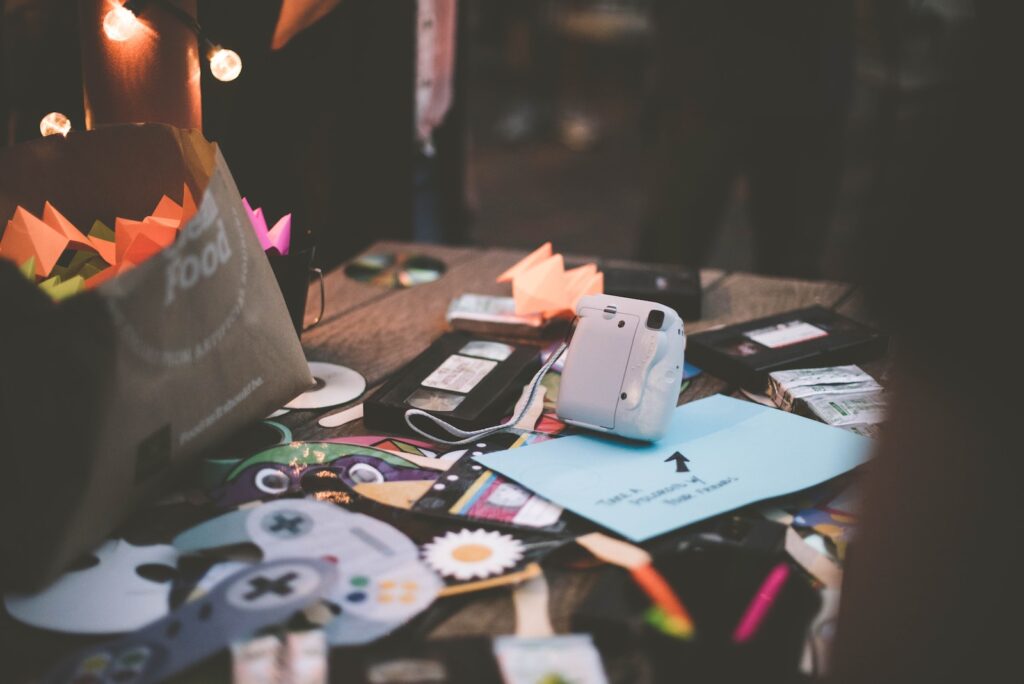
Don’t worry if you don’t know how to organize. Organizing is something that must be learned. There are five rules that are very important to the success of every organizing project. They are:
- Keep what you use or love.
- Put like things together.
- Have a home for everything.
- Store things where you use them.
- Use labels.

1. Keep what you use or love.
Go through items one at a time. Pick the item up. If you don’t use or love it, give it to somebody who will. Sometimes it’s much easier to give away the things you aren’t using anymore if you know they will be used elsewhere.
If it’s broken or worn out, throw it away or recycle it. If it’s in good condition, you have lots of options. You can give it to:
- thrift shops
- libraries
- daycares
- senior centers
- shelters
- friends
It just depends on what it is and what the need of the place or person is at the time. Check with them first before donating.
You can also try selling your items. Many places will pay you upfront or after the item is sold. Here are some ways you can sell your items:
- Take to a consignment shop
- Have a garage sale
- Place an ad in a paper
- Post it on a bulletin board
Some online options are:
- Facebook Marketplace
- Poshmark
- Mercari
- thredUP
- Depop
Keeping only the things you use and love will help to make your home clutter free.
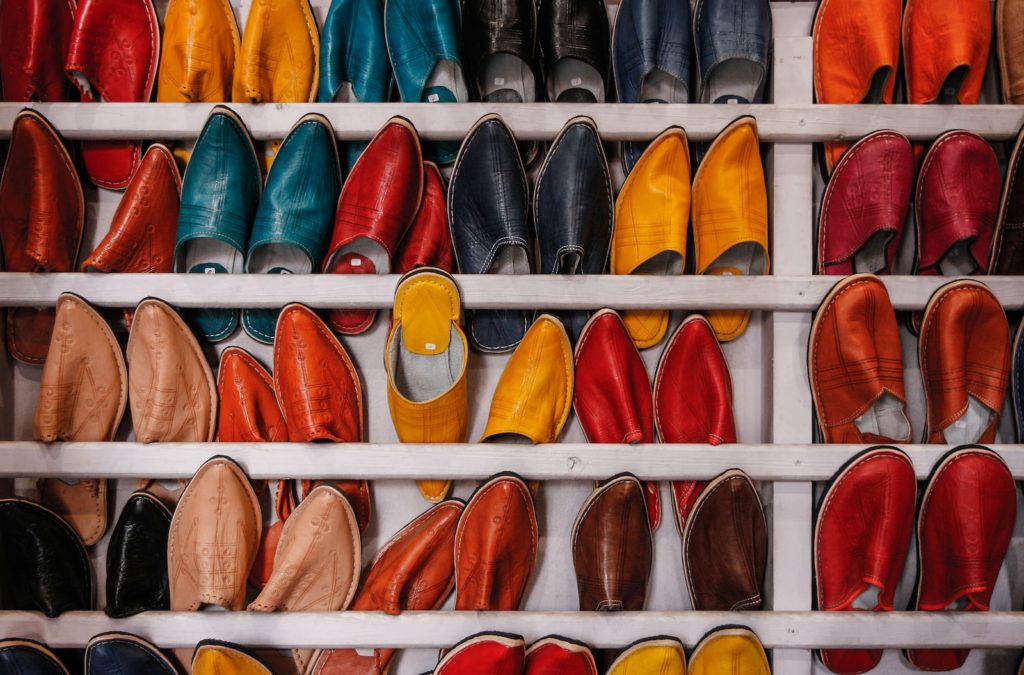
2. Put like things together.
Match things up, like with like. Think in categories: clothes, games, books, etc. Do this when you are first deciding what to keep and also when you are storing your belongings.
When deciding what to keep, it will be easier when you have like things together. You’ll be able to tell if you have an excessive amount of the same items and need to get rid of some.
When you are storing, keep like items together in one space. Finding things is easier when there’s only one type in a cupboard, container, or drawer.
Refrain from mixing things, but you can group things that go together. Plates and bowls, stapler and staples, winter hats and gloves. These things are different, but they fit together in a broader category. For example, spoons, knives, and forks are different items, but they all fit together in a broader category of eating utensils. It works best if they are in the same drawer but kept in a container with divided sections that keep them from getting mixed up.
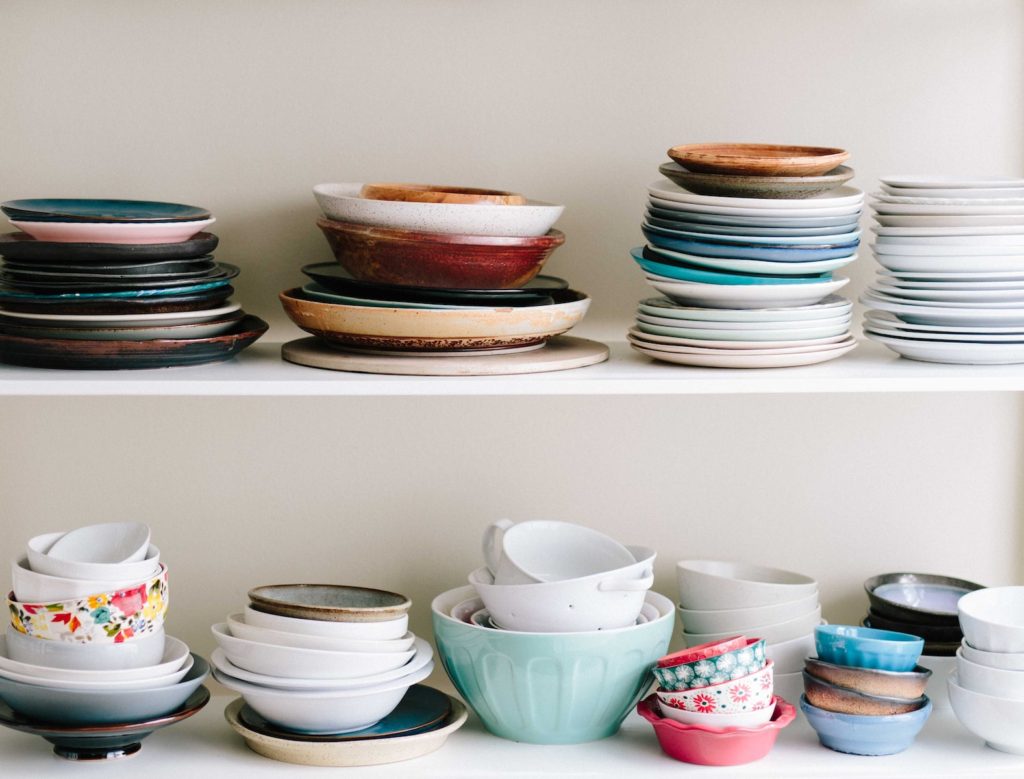
3. Have a home for everything.
Everything you own should have a place where it belongs when it’s not being used. It’s so much easier to find it when you need it, and it gives it a place to go when you are done with it. If you keep things in one spot, there is only one spot to find them and one spot to put them back.
A big reason things are not put away is that they need a home to begin with. There is nowhere to put it if it doesn’t have a home.
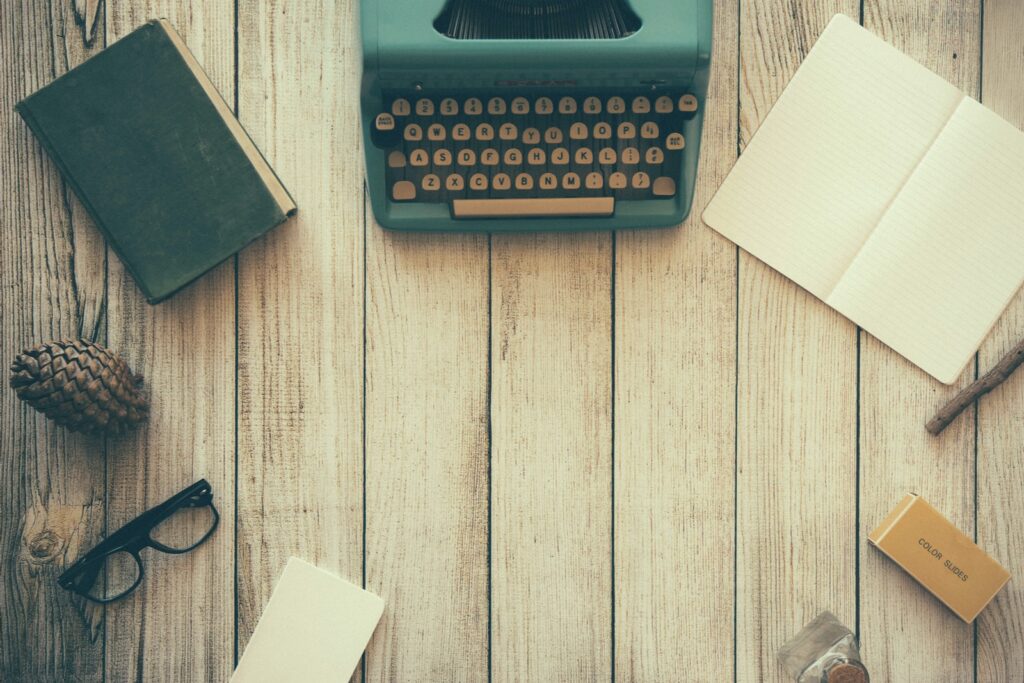
4. Store things where you use them.
Finding the best possible home for all your belongings is critical to getting organized. Instead of asking, “Where can I store this?” ask, “Where do I use this?” It makes sense to store things where you use them. For example, you store toothpaste, toothbrushes, combs, and hair dryers all in the bathroom because that’s where you use them. It makes it easier to remember where things are. No one ever asks where their toothbrush is. You just know toothbrushes are found in the bathroom near a sink and a mirror.
Another reason to store things where you use them is that it’s handy. You have everything you need in one place, and don’t waste time or energy walking to another part of your home to get what you need.
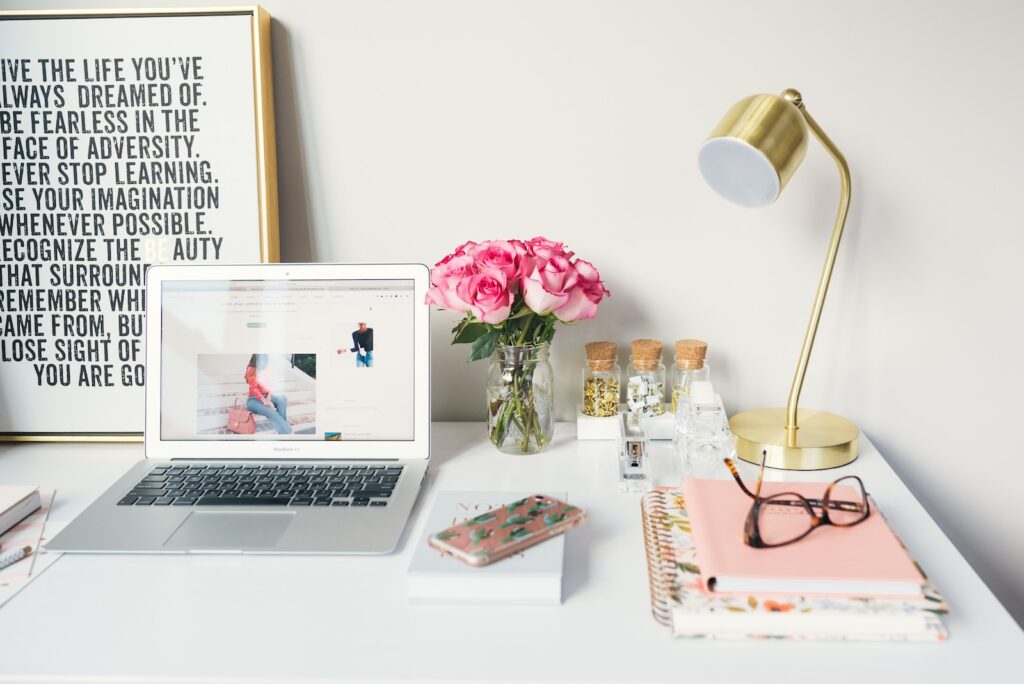
5. Use labels.
It makes it easier to find things and easier to put them back again when they are labeled. You can label the item and/or its home. Whatever seems needed. Label shelves, drawers, containers, file folders, spice racks, spice jars, and more.
Labeling makes it easier for the whole household. You may know exactly where something goes, but somebody else in your family might not. The label will tell them where that place is.
It’s a good idea to label children’s rooms and their belongings. This is good for a few reasons.
- They can find what they need easily.
- It will be easier to put their things away.
- It helps teach them the responsibility of taking care of their belongings.
- It will help them to start recognizing letters and words.
For children who can’t read yet, it’s good to label with both words and pictures. These can be drawings, photos, or pictures cut out of magazines or catalogs.
If it seems complicated and time-consuming to label, think about how time-consuming it would be to search through many storage containers trying to find what you are looking for. Then it might not even be there.
Conclusion
These rules are straightforward but also very important. Stick to them every time you organize, making it easier for you to get and stay organized.

Leave a Reply